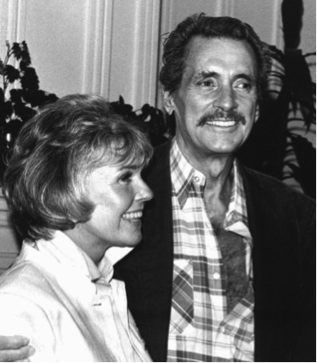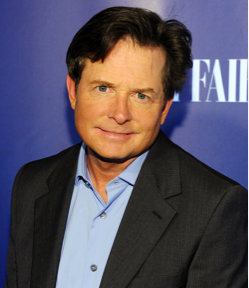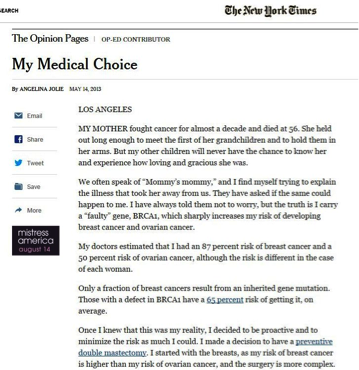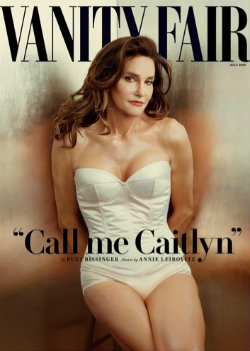Powerful Iconic Images Can Educate & Inform
Media literacy education consultant Frank Baker returns with another in a continuing series on visual literacy, offering educators ideas for engaging students in critical thinking about images and issues from the news and popular culture.

Powerful images have a way of making us remember important people and events. And photographs, seen by millions of people, also have a way of raising consciousness about issues, many of them tied to health and gender awareness. When a cultural icon becomes associated with deadly illness or controversial lifestyle, perception shifts. Students need to be aware of this important aspect of media literacy.
Consider, for example:


Doris Day and Rock Hudson, July 18, 1985. Chris Hunter / AP Photo
Forty-six years later, on July 25, 1985: Actor Rock Hudson, a matinee idol to millions of women, issued a press release to say he had AIDS (Acquired Immune Deficiency Syndrome). The handsome, virile film star had appeared gaunt in public and there was much speculation about his declining health. “His illness and death have moved the fight against AIDS ahead more in three months than anything in the past three years,” said Bruce Decker, chairman of California’s AIDS Advisory Board Committee. (Source) Rock Hudson put a face on the disease.




Teaching about high-impact images
All these images and announcements helped tell important stories within the global arena of popular culture. Whether the storyteller is a celebrity or a new social media phenomenon, once they gain the stage, they can help explain their issue, disease or condition to a world audience. They become tomorrow’s water cooler discussion topics, prompting debate and reflection, and even social action.
In terms of media literacy, the media have once again become important agents not only by communicating (and sometimes sensationalizing) the news, but also by explaining it and educating news consumers. Would the focus on health and gender issues have been as intense and long-lasting without the celebrity spokespersons? Perhaps that’s a good starting question for teachers and their students to consider and discuss. (Also see my MiddleWeb article “Help Students Close Read Iconic Images.”)
What other issues and examples of visual impact might teachers and students identify? How do teachers navigate discussions about these topics, which many students will be aware of because they are a part of popular culture? I hope you’ll share your own thoughts in the comments here.
Frank W. Baker is a media literacy education consultant and the author of three books, including Media Literacy in the K-12 Classroom (ISTE, 2012). He contributed two chapters to Mastering Media Literacy (Solution Tree, 2014). He is a recipient of the National Telemedia Council‘s annual Jessie McCanse Award given for individual contributions to the field of media literacy over at least 10 years. Follow him on Twitter @fbaker and visit his resource-rich website Media Literacy Clearinghouse.


































